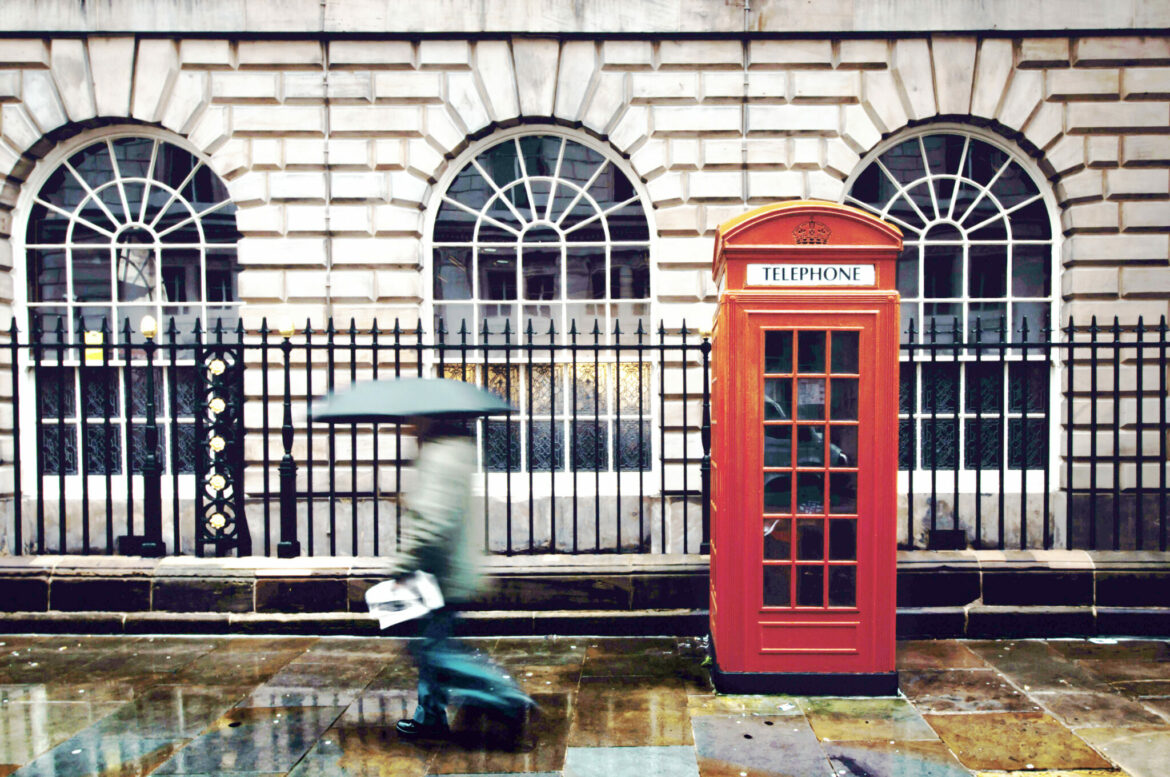About Ulster Folk Museum
The Ulster Folk Museum in Belfast, UK, offers visitors a unique opportunity to step back in time and experience rural life in Northern Ireland during the 18th and 19th centuries. The museum features a range of traditional buildings and exhibits, including farmhouses, schools, and businesses, all authentically recreated to provide an immersive historical experience. Visitors can explore the grounds at their own pace, learning about the ways of life, customs, and traditions of the people who lived and worked in the region centuries ago. The museum also hosts special events and demonstrations throughout the year, showcasing traditional crafts, skills, and activities. Overall, the Ulster Folk Museum provides a fascinating glimpse into the past and offers a valuable educational experience for visitors of all ages.
Interesting facts about Ulster Folk Museum
- Ulster Folk Museum is an outdoor museum located in Cultra, County Down, Northern Ireland.
- It showcases the way of life in early 20th-century Ulster, with over 30 buildings representing traditional rural architecture.
- Visitors can explore a range of historical buildings, including farmhouses, schools, churches, and shops, all furnished in authentic period style.
- The museum also features demonstrations of traditional crafts and skills, such as blacksmithing, weaving, and baking.
- One of the highlights of the museum is the old-style sweet shop, where visitors can sample traditional candies and sweets.
- Ulster Folk Museum is set in beautiful parkland overlooking Belfast Lough, providing scenic views and a tranquil setting for a leisurely stroll.
- The museum offers interactive activities for children, such as dress-up sessions in period costumes and hands-on craft workshops.
- Throughout the year, the museum hosts special events and festivals celebrating Ulster's cultural heritage, including traditional music and dance performances.
- Ulster Folk Museum is part of the Ulster Museum complex, which also includes the Ulster Transport Museum, making it a great destination for history and culture enthusiasts.
- Visitors can enjoy a taste of traditional Ulster cuisine at the museum's tearoom, which serves up delicious homemade dishes using local ingredients.
Frequently asked questions
1. What is Ulster Folk Museum?
The Ulster Folk Museum is an open-air museum located near Belfast, UK that depicts the way of life in early 20th century rural Ulster.
2. When was Ulster Folk Museum established?
The museum was established in 1958.
3. What can visitors experience at Ulster Folk Museum?
Visitors can experience traditional crafts, historic buildings, and costumed guides depicting daily life from the past.
4. How many historic buildings are there in Ulster Folk Museum?
There are over 40 historic buildings in the museum's collection.
5. Is the Ulster Folk Museum suitable for children?
Yes, the museum offers interactive activities and demonstrations that are suitable for children.
6. Are there any food and drink options at Ulster Folk Museum?
There is a café on site where visitors can purchase food and beverages.
7. Can visitors purchase souvenirs at Ulster Folk Museum?
Yes, there is a gift shop on the premises where visitors can buy souvenirs related to traditional Irish culture.
8. Are there guided tours available at Ulster Folk Museum?
Yes, guided tours are available for visitors who want a more in-depth experience of the museum's exhibits.
9. What are the opening hours of Ulster Folk Museum?
The museum is typically open from 10am to 5pm, but it's advisable to check the official website for the most up-to-date information on opening hours.
10. Is there an entrance fee to visit Ulster Folk Museum?
There may be an entrance fee for adults, while children and seniors may have discounted or free entry. It's recommended to check the museum's website for current ticket prices.
What people love about it
I recently had the opportunity to visit the Ulster Folk Museum in Belfast, UK, and I must say it was quite an interesting experience. The museum offers a unique glimpse into the past with its collection of historic buildings and exhibits. Walking through the recreated village, I was able to learn a lot about the traditional way of life in Ulster. The staff was knowledgeable and friendly, providing informative insights into the history and culture of the region. Overall, it was a fascinating visit that I would recommend to anyone looking to explore Northern Ireland's heritage.
How to get to Ulster Folk Museum
To get to the Ulster Folk Museum in Belfast, UK, you have a few transportation options depending on your starting point:
1. **By Car**: The Ulster Folk Museum is located at Cultra, near Holywood, just outside of Belfast. If you are driving, you can take the M3 and A2 highways towards Holywood and follow the signs for the Ulster Folk Museum. There is ample parking available at the museum.
2. **By Public Transport**: If you prefer public transport, you can take a train from Belfast to Cultra station, which is located a short walk from the museum. Trains to Cultra operate regularly from Belfast's main train stations such as Great Victoria Street or Belfast Central.
3. **By Bus**: There are also bus services that operate to the Ulster Folk Museum. You can check the Translink website for specific bus routes and schedules from Belfast city center to Cultra.
Once you arrive at the museum, you can explore the fascinating exhibits and outdoor displays showcasing traditional ways of life in Northern Ireland. It's a great place to immerse yourself in history and culture.
When to visit
The best time of year to visit the Ulster Folk Museum in Belfast, UK is typically during the spring and summer months, from April to August. During this period, the weather is generally mild and pleasant, making it ideal for exploring the outdoor exhibits and experiencing the living history demonstrations. Additionally, many events and activities are held at the museum during the warmer months, providing visitors with a more immersive and enjoyable experience. To avoid crowds, it's advisable to visit on weekdays or early in the day.
Table of Contents

